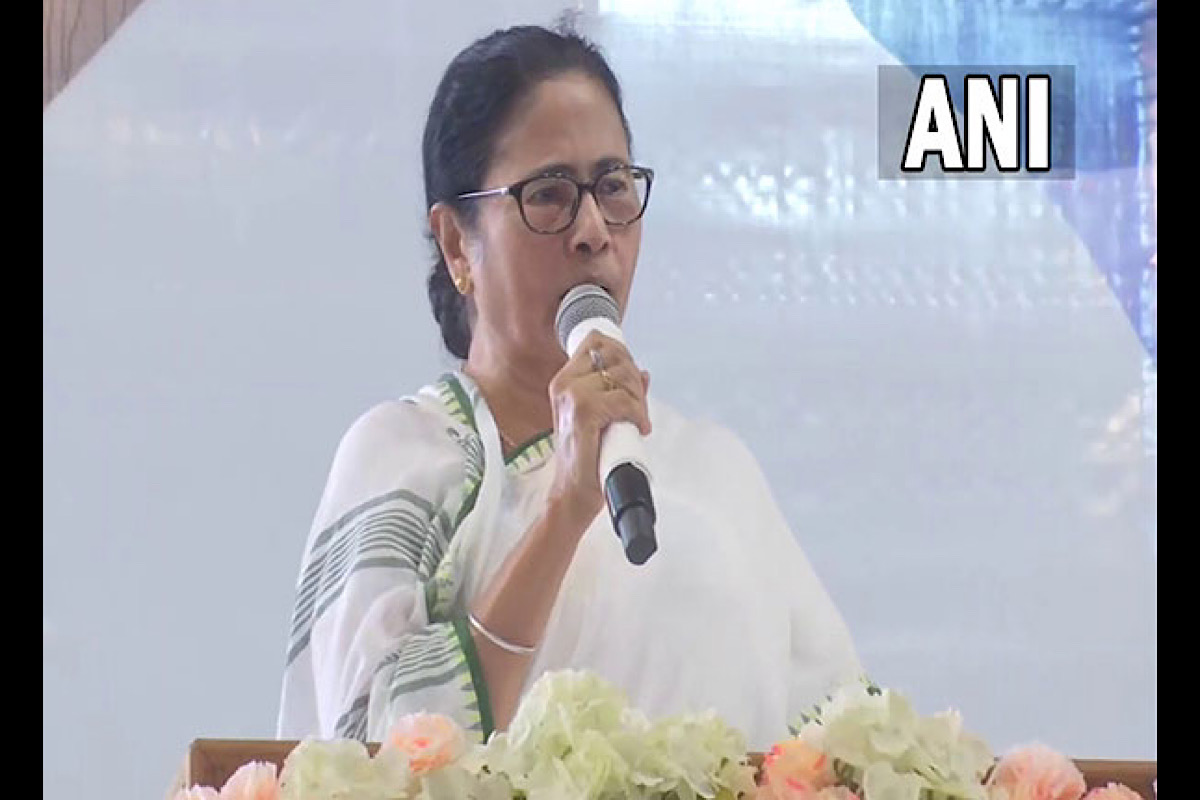Nabanna, the West Bengal state secretariat looks a little deserted on Tuesday August 8. At least more so than other weekdays. It’s a cloudy, windy afternoon, and from the thirteenth floor of the building there is a birds-eye view of the Vidyasagar Setu, also called the Second Howrah Bridge or the Second Hoogly Bridge. Underneath flows the River Ganges.
But today’s tale is not about the river but about the jungles of West Bengal situated far from the Howrah or Hoogly districts – in Jungle Mahal. The West Bengal chief minister Mamata Banerjee is on a two-day tour of Jungle Mahal’s Jhargram, where she will attend an event on Wednesday, August 9, which is World Tribal Day. Situated nearly two hundred kilometers away from the capital city of Kolkata, Jungle Mahal is one of the three key areas (along with Singur and Nandigram) which propelled Didi to the forefront of West Bengal politics before the state elections of 2011 when she swept to power dethroning the Left Front government.
Advertisement
Jungle Mahal was one of the problematic regions she had inherited as it was in the grips of a violent insurgent movement, the Maoist movement and one of Didi’s first initiatives as chief minister was to try to bring peace to the area. It was within the first year that she had her police forces comb the dense jungles and flush out the insurgents from their hideouts. Since then she flushed the jungle villages with public distribution doles in an attempt to try to bring the tribal folk of this region back into the mainstream. “The main reason for the tribal villagers to have been exploited by the insurgents was that they were completely neglected by the then state government in terms of the existing public distribution schemes reaching them,” points out Tarun Ganguly, veteran Bengal political analyst.
Didi’s schemes in Jungle Mahal include the Lakshmi Bhandar scheme, the Kanyashree, the Sabujsathi and other schemes which provide free rice and other ration, money in bank accounts every month and free education for girl children. “These have really helped us,” says a villager from Banstola in Jhargram.
Jungle Mahal is one of Mamata Banerjee’s success stories. She herself had once said, “The jungles are now smiling.”
Banerjee’s visit is unlikely to be just about attending a program. With the Parliamentary elections coming up in less than a year, she is going to try to gauge the ground strength of the once-disturbed area. Jungle Mahal is a remote region, regular monitoring and interaction with the ground are considered extremely important by Mamata and so the regular visits to the jungles is her priority.









